Buy this flower art Enchanting black hellebore by Silva Wischeropp on canvas, ArtFrame, poster and wallpaper, printed on demand in high quality.
About "Enchanting black hellebore"
by Silva Wischeropp
About the artwork
This floral motif was taken on 16 March 2015 in the late afternoon hours with the NIKON D90 (lens: SIGMA 18.0-50.0 mm f/2.8) in the Botanical Volkspark Blankenfelde-Pankow.
The snow rose (Helleborus niger), usually called Christmas rose or black hellebore, is a plant species from the genus hellebore (Helleborus) in the buttercup family (Ranunculaceae). It is best known for its early flowering period and the use of its varieties with strikingly large, white flowers as ornamental garden plants.
The black hellebore is a hemicryptophyte.
The pre-feminine (protogynia) cup flower is mainly pollinated by bees, bumblebees and butterflies as well as pollen-feeding insects. In contrast to the perianth, the fragrant nectar leaves absorb UV light, which attracts UV-visible insects, especially bees and bumblebees.
Due to the very early flowering period, pollination by insects is not always guaranteed. The snow rose compensates for this disadvantage by the fact that the stigmas remain fertile for a very long time and, in the worst case, can also absorb their own pollen for self-pollination (autogamy).

About Silva Wischeropp
"For me, photography feels like really capturing the moment - like a kind of alchemy where time is physically captured."
Silva Wischeropp was born in the Hanseatic city of Wismar in the former GDR. Today she lives and works in Berlin. As a passionate travel..
Read more…
 Netherlands
Netherlands Ordered in August 2019
Ordered in August 2019
 Netherlands
Netherlands Ordered in June 2017
Ordered in June 2017
 Netherlands
Netherlands Ordered in September 2019
Ordered in September 2019
 Netherlands
Netherlands Ordered in May 2018
Ordered in May 2018

 Netherlands
Netherlands Ordered in December 2017
Ordered in December 2017
 Netherlands
Netherlands Ordered in November 2018
Ordered in November 2018
 Netherlands
Netherlands Ordered in November 2021
Ordered in November 2021
 Netherlands
Netherlands Ordered in November 2024
Ordered in November 2024
 Germany
Germany Ordered in September 2019
Ordered in September 2019
 Germany
Germany Ordered in June 2019
Ordered in June 2019
 Netherlands
Netherlands Ordered in July 2017
Ordered in July 2017

 Germany
Germany Ordered in August 2025
Ordered in August 2025
About the material
ArtFrame™
Interchangeable Art Prints
- High-quality print
- Easily interchangeable
- Acoustic function
- Large sizes available
Discover the artworks of Silva Wischeropp
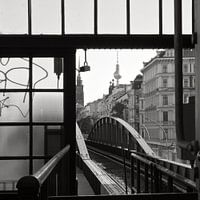 Underground station of the U2 line - special train to PankowSilva Wischeropp
Underground station of the U2 line - special train to PankowSilva Wischeropp Berlin underground station Eberswalder Strasse of line U2Silva Wischeropp
Berlin underground station Eberswalder Strasse of line U2Silva Wischeropp Old, squatted house in the Scheunenviertel district of Berlin-MitteSilva Wischeropp
Old, squatted house in the Scheunenviertel district of Berlin-MitteSilva Wischeropp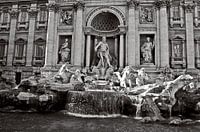 The Trevi Fountain - Fontana di TREVI in RomeSilva Wischeropp
The Trevi Fountain - Fontana di TREVI in RomeSilva Wischeropp Mysterious, Sicilian facadeSilva Wischeropp
Mysterious, Sicilian facadeSilva Wischeropp Banana leaves in the warm autumn lightSilva Wischeropp
Banana leaves in the warm autumn lightSilva Wischeropp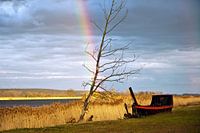 Magical rainbow at the OderbruchSilva Wischeropp
Magical rainbow at the OderbruchSilva Wischeropp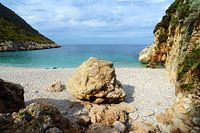 Magic Sicilian Sea SoundSilva Wischeropp
Magic Sicilian Sea SoundSilva Wischeropp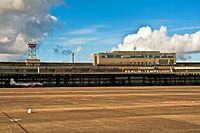 Former Berlin-Tempelhof AirportSilva Wischeropp
Former Berlin-Tempelhof AirportSilva Wischeropp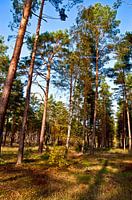 Pines in the autumnal October lightSilva Wischeropp
Pines in the autumnal October lightSilva Wischeropp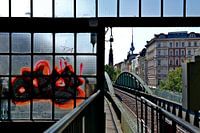 Popular underground station on the U2 line on Eberswalde StrasseSilva Wischeropp
Popular underground station on the U2 line on Eberswalde StrasseSilva Wischeropp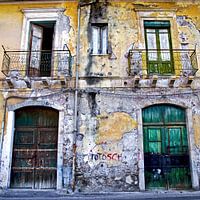 Once upon a time in Taormina on the island of SicilySilva Wischeropp
Once upon a time in Taormina on the island of SicilySilva Wischeropp Imaginative sand dunes at Henne Strand in JutlandSilva Wischeropp
Imaginative sand dunes at Henne Strand in JutlandSilva Wischeropp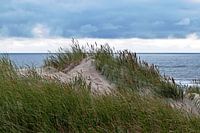 Wonderful sand dune at Henne Strand in JutlandSilva Wischeropp
Wonderful sand dune at Henne Strand in JutlandSilva Wischeropp Women bathing on the beach at Nha Trang in VietnamSilva Wischeropp
Women bathing on the beach at Nha Trang in VietnamSilva Wischeropp Summer morning walk through the pine forestSilva Wischeropp
Summer morning walk through the pine forestSilva Wischeropp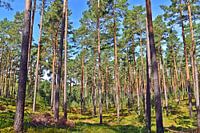 The proud elegance of the pines in the sunlightSilva Wischeropp
The proud elegance of the pines in the sunlightSilva Wischeropp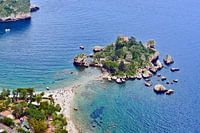 Paradise Isola Bella on the east coast of SicilySilva Wischeropp
Paradise Isola Bella on the east coast of SicilySilva Wischeropp Abandoned former Berlin-Tempelhof AirportSilva Wischeropp
Abandoned former Berlin-Tempelhof AirportSilva Wischeropp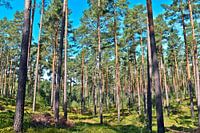 Summer morning in the magical pine forestSilva Wischeropp
Summer morning in the magical pine forestSilva Wischeropp













 Bokeh
Bokeh Flowers
Flowers Gentle Whispers
Gentle Whispers Nature and weather
Nature and weather Nature photography
Nature photography Photo wallpaper
Photo wallpaper Photography
Photography Plants
Plants Spring
Spring Vibrant Colors
Vibrant Colors









